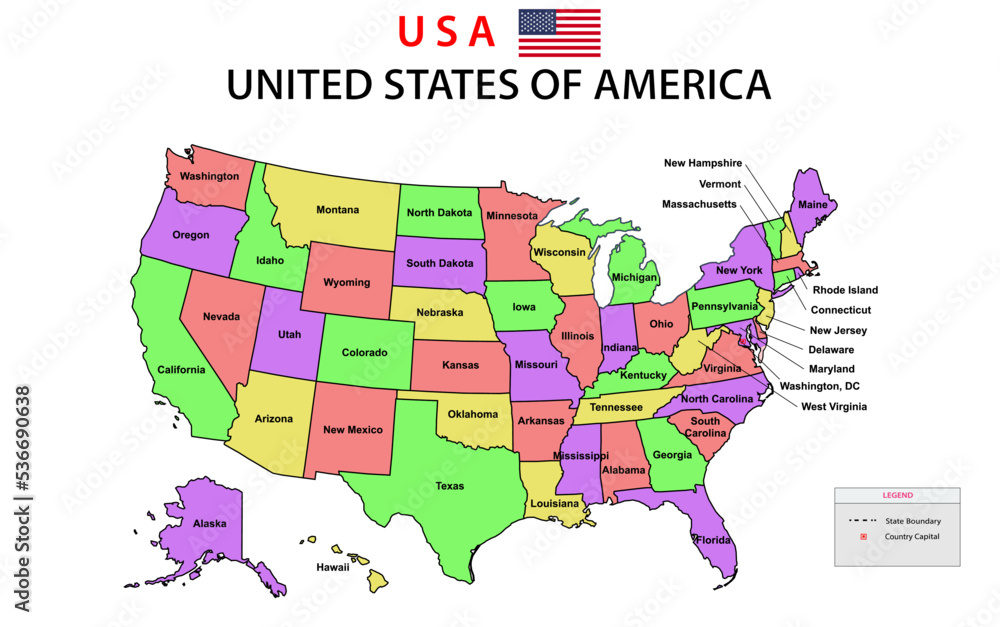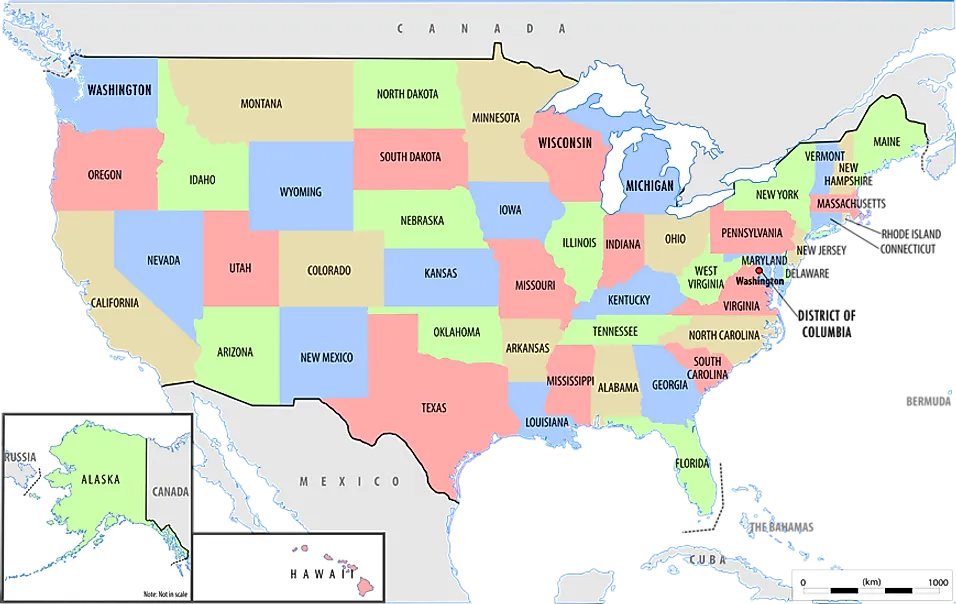Recent changes within the financial sector have brought the topic of us bank layoffs into sharp focus, causing many to wonder about the current state of affairs. There's been a lot of talk, so, about downsizing and what it truly means for the people working at a big institution like US Bank. This article looks at the discussions, the questions, and the answers floating around, giving a clearer picture of what's happening.
For anyone paying attention to the financial world or, perhaps, working within it, news of job cuts can be a source of worry and curiosity. We'll explore the details coming from various sources, including those directly affected, to give you a comprehensive view of the situation. It's about getting to the heart of what these changes mean, you know, for everyone involved.
We're gathering information from different points of view, from internal discussions among staff to observations from financial experts. This helps us understand the wider context of these workforce adjustments. This way, we can see the full scope of the impact, as a matter of fact, on both the people and the business itself.
Table of Contents
The Unfolding Story of US Bank Layoffs
The discussions around workforce reductions at US Bank have been ongoing, with many questions arising from employees and observers alike. It's a topic that touches on job security and the way large organizations manage their staff levels. There's been a lot of chatter, actually, about how these decisions are made and what they signify for the future of the bank's operations.
From various reports, it seems there's a pattern to these changes. People are trying to piece together the full picture, given how information often spreads. We'll look at the specific details that have come to light, helping to make sense of what might seem like a complex situation. This way, you get a clearer view, so, of the overall situation.
The situation involves many different parts, from the way staff numbers are counted to the reasons behind the decisions. It's not just about simple numbers; it's about the people and the wider economic environment. We aim to present these elements clearly, helping you to grasp the full scope of the current events. This is, you know, a pretty big deal for many.
Employee Perspectives on Job Security
When it comes to job changes, the employee's point of view is often the most personal. There's a strong feeling among some US Bank staff that the company's public image, with its talk of "family," doesn't quite match the reality. These "wellness days," for example, are sometimes seen as a bit of a show for good public relations, rather than genuine care. It seems, to be honest, that those at the top are not always seen as truly concerned about individual employees.
Many people find out about layoffs in a very sudden way. Someone on one team, for instance, was told they were laid off on October 15th. It's not common for US Bank to openly tell business lines that job cuts are coming. Most people just discover it when it happens, which can be quite unsettling. This lack of direct communication makes things, you know, a little harder for staff.
The feeling of uncertainty can be very strong when information isn't shared widely. Employees often rely on word-of-mouth or personal experiences to understand what's going on. This informal way of learning about major changes can create a lot of worry and speculation within the company. It's a tough spot to be in, basically, for many workers.
The Numbers: A Look at Staff Reductions
Looking at the overall staff numbers gives a clear indication of the changes. The bank's employee count has gone down quite a bit over time. In December 2022, there were 78,192 employees. By December 2023, that number had dropped to 75,465. More recently, the count stands at 70,263, which is a significant decrease. This reduction shows a consistent trend, you know, in the workforce size.
Reports from places like Reddit have suggested a large number of layoffs in a short period. Some accounts mentioned as many as 7,000 people being let go last week. Many of these individuals were given a 30-day notice and were still working during that period. These numbers, if accurate, point to a substantial reduction in staff. It's a pretty big shift, honestly, in a short amount of time.
There's also a specific point about how these numbers might be managed to avoid certain rules. For instance, there are roughly 25 hubs, or main locations. If US Bank were to lay off 40 employees at each of these hubs, that would add up to 1,000 total job cuts. However, 40 employees at a single location is less than the 50 minimum needed to trigger certain reporting requirements, like the Worker Adjustment and Retraining Notification (WARN) Act. This strategy could be a way to handle large-scale changes without drawing too much attention. It's a way, you know, to spread out the impact.
Specific Impacts: The Elavon Situation
The changes haven't been spread evenly across all parts of US Bank. Elavon, which is a payment processing division, has reportedly experienced its own set of job cuts in recent weeks. This particular area has seen another round of layoffs, affecting its employees. It shows that some parts of the business are feeling the effects more directly, you know, than others.
Employees in Elavon who were affected by these recent changes are set to leave during the first two weeks of March. This departure is happening as part of their working severance arrangements. This means they continue to work for a period while their severance terms are active. It's a specific way of managing the exit process, basically, for those affected.
The fact that Elavon has seen repeated rounds of layoffs suggests ongoing adjustments within that specific business line. It indicates that the company is making strategic decisions about where to reduce its workforce. These targeted cuts can have a particular impact on the teams and operations within those divisions. It's a pretty clear sign, actually, of focused changes.
Investor Reactions and Market Signals
The financial community also watches these developments very closely. A major investment firm, Madison Large Cap Fund, shared its thoughts on U.S. Bancorp (NYSE: USB) in its Q1 2025 investor letter. They stated that they had sold their investment in the bank. This kind of move from a large fund can be a significant signal to the market. It suggests that, in some respects, they see less potential for growth or stability in the immediate future.
When a large investor decides to sell off its shares, it can influence how other investors view the company. This action reflects their assessment of the bank's performance and its prospects going forward. It's a decision based on financial analysis and expectations about the company's health. This sort of news, you know, often gets noticed by other big players.
Such divestments can sometimes lead to further market adjustments for the company's stock. It's a direct reflection of how the financial community perceives the current state and future direction of the business. This kind of investor action adds another layer to the overall picture of the bank's situation. It's a pretty strong indicator, really, of market sentiment.
The Phased Approach to Workforce Changes
It has been noted that layoffs are often carried out in stages. This phased approach serves a couple of purposes. One reason is to avoid any unwanted attention from the press or public. Spreading out the job cuts can make them less noticeable than a single, large announcement. This strategy helps manage the public perception of the changes. It's a way, you know, to keep things quieter.
Another reason for doing layoffs in phases, as some have mentioned in discussions, is to potentially work around certain legal requirements. For example, as discussed earlier, it might be a way to avoid triggering the Worker Adjustment and Retraining Notification (WARN) Act. This act requires employers to give advance notice of mass layoffs or plant closings under specific conditions. By keeping the numbers below the threshold at individual locations, the bank might be able to avoid these requirements. This is, basically, a strategic way of handling things.
This method of gradual reductions means that employees might not always know when or if another round of layoffs is coming. It can create an ongoing sense of uncertainty for the workforce. The company manages its workforce changes in a way that minimizes immediate large-scale impact and regulatory obligations. This approach, honestly, makes it a bit harder for everyone involved to predict what's next.
Broader Market Conditions and Future Outlook
The current situation at US Bank isn't happening in a vacuum; it's part of a larger economic picture. We've been experiencing multiple weeks of significant losses in the market. This broader financial downturn certainly plays a role in how companies, including banks, make decisions about their operations and staffing. It's a tough time, so, for many businesses.
Given the ongoing market challenges, there's an expectation that things could get more difficult before they improve. Many people are anticipating more layoffs and further cost-cutting measures across various industries. This suggests that the changes seen at US Bank might be part of a wider trend in the economy. It's a pretty common response, you know, to market pressures.
Companies often look for ways to reduce expenses when facing market pressures. This can include streamlining operations, cutting back on certain projects, and, yes, reducing staff. The current environment points towards a continued focus on efficiency and cost management for big financial institutions. This means, as a matter of fact, that more adjustments could be on the horizon.
For more insights into the financial sector's response to market shifts, you can explore recent financial news. Learn more about economic trends on our site, and link to this page for deeper analysis of banking sector changes.
Frequently Asked Questions
Here are some common questions people have about the recent US Bank layoffs.
Is US Bank still laying off employees?
Yes, based on various reports, it seems that US Bank has been conducting layoffs in phases. This includes recent rounds in specific divisions like Elavon, with employees departing as recently as the first two weeks of March. The bank's total employee count has also significantly decreased from December 2022 to December 2023, and further into early 2024. It's an ongoing process, apparently, that continues to affect staff numbers.
Why is US Bank reducing its workforce?
The reasons for US Bank's workforce reductions appear to be tied to broader market conditions and a focus on cost cutting. There have been multiple weeks of significant losses in the market, which often leads companies to streamline operations. Some layoffs are also reportedly structured in phases, perhaps to manage public perception and potentially navigate certain regulatory requirements related to mass layoffs. It's a complex situation, you know, driven by several factors.
How are employees finding out about layoffs at US Bank?
Many employees seem to find out about layoffs quite suddenly, often through direct notification rather than a general company-wide announcement. There's a sense that US Bank does not go out of its way to inform all business lines that layoffs are happening. Instead, individuals on teams might just discover that a colleague has been laid off, like someone on one team who was affected on October 15th. This lack of transparent communication can make it, honestly, a bit difficult for staff to stay informed.



Detail Author:
- Name : Elaina Zieme
- Username : devonte.runolfsdottir
- Email : ewaters@johnston.org
- Birthdate : 1982-08-21
- Address : 5482 Waelchi Inlet Lake Catherinestad, AK 73900-8987
- Phone : +1.629.398.4346
- Company : Baumbach, Jacobi and Schoen
- Job : Engineer
- Bio : Ea qui nihil voluptate officia ducimus. Voluptates voluptas praesentium totam. Ipsa occaecati voluptas et voluptas. Qui nam debitis consequatur perferendis eligendi dolores.
Socials
instagram:
- url : https://instagram.com/adrielhuel
- username : adrielhuel
- bio : Quam sit atque beatae incidunt assumenda vel ut veritatis. Ut rem nesciunt laudantium et nihil sit.
- followers : 6760
- following : 2409
tiktok:
- url : https://tiktok.com/@huel1981
- username : huel1981
- bio : Laborum id enim recusandae. Molestiae et libero repudiandae quis.
- followers : 2007
- following : 2008
facebook:
- url : https://facebook.com/adrielhuel
- username : adrielhuel
- bio : Voluptatem aut nulla distinctio est vel.
- followers : 270
- following : 1847
linkedin:
- url : https://linkedin.com/in/adriel_huel
- username : adriel_huel
- bio : Aliquid consequatur optio repellendus deleniti.
- followers : 6694
- following : 2700
twitter:
- url : https://twitter.com/adriel_official
- username : adriel_official
- bio : Occaecati porro soluta enim voluptates saepe qui. Quis voluptatem aut est ut. Aspernatur repudiandae veritatis neque. Est inventore odio eligendi quo.
- followers : 4228
- following : 2498